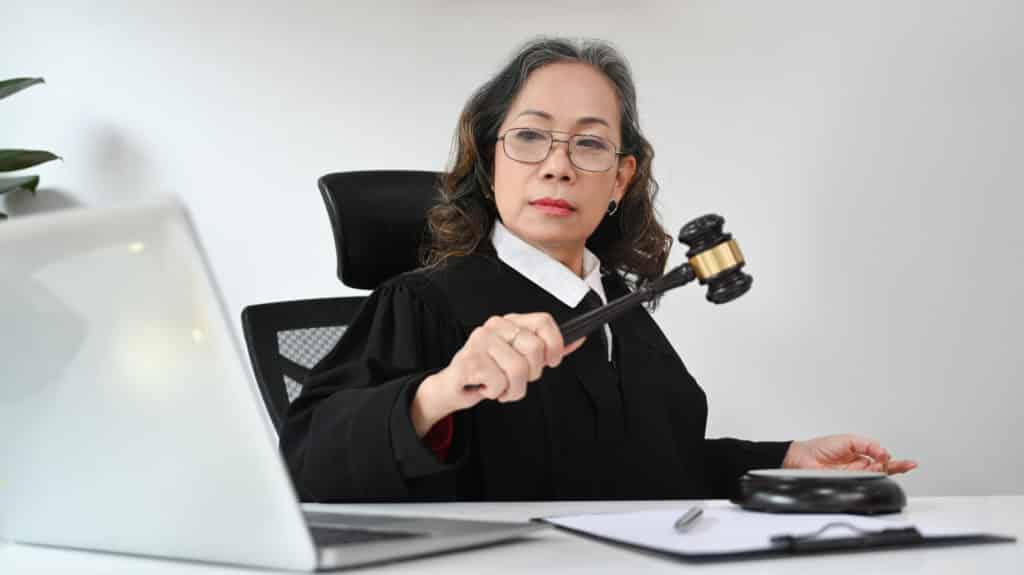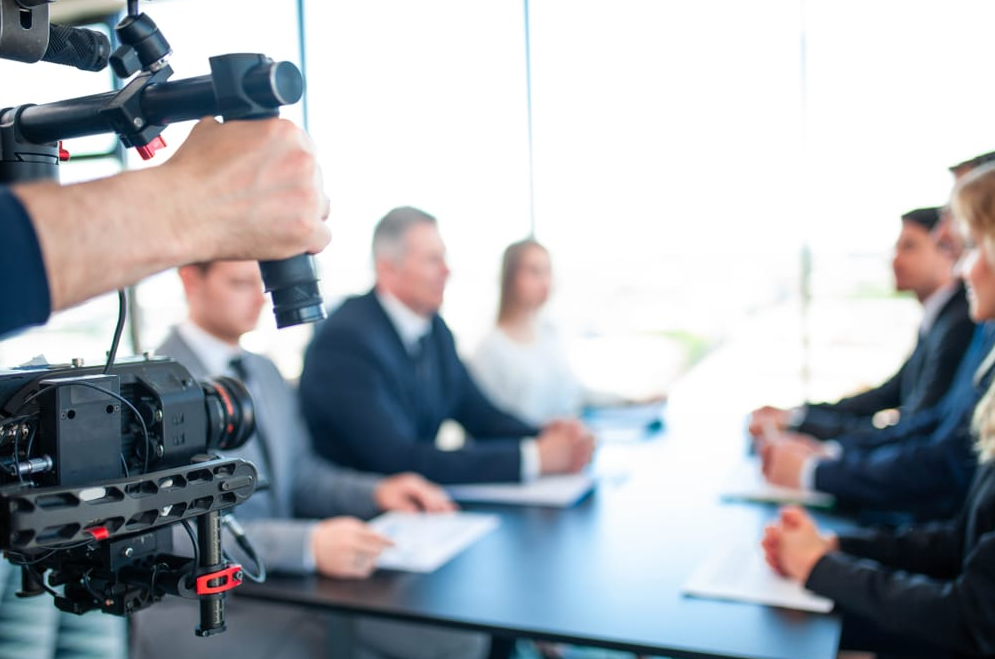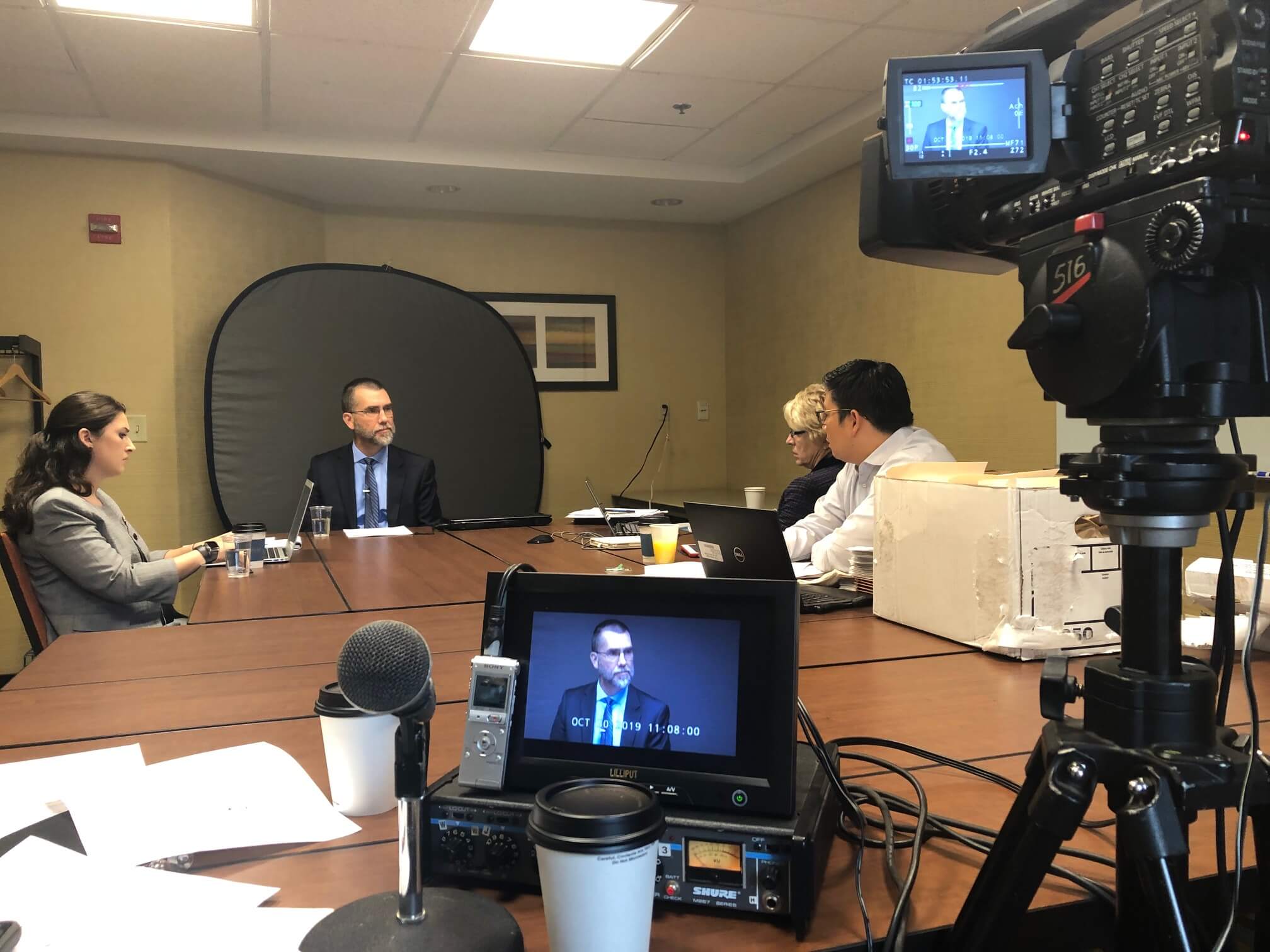Legal Videography: Transforming the Means Evidence is Caught and Offered
Legal Videography: Transforming the Means Evidence is Caught and Offered
Blog Article
Looking Into the Systems of Lawful Videography: Unveiling Its Procedure in Shielding Authentic Aesthetic Testimony for Judicial Proceedings
In the realm of judicial proceedings, the duty of legal videography stands as a keystone in preserving and offering aesthetic proof. As innovation remains to advancement, the systems behind lawful videography have come to be significantly detailed, using a critical layer of authenticity to testimonies caught on video. By delving into the functional details of lawful videography, one can reveal the precise procedures that safeguard the honesty of visual proof offered in court rooms - Legal Videography. This exploration not just clarifies the historical development of lawful videography but also means the future fads that may additionally revolutionize just how visual testimonies are supported in the world of justice.
Historic Development of Lawful Videography
Examining the historic development of legal videography reveals a significant transformation in the capturing and discussion of aesthetic evidence within the legal landscape. In the past, legal procedures heavily counted on written pictures and transcripts to record events and offer evidence. With the development of video innovation, the legal market observed a standard shift in how aesthetic testimony was captured and presented.
The development of legal videography can be traced back to the late 20th century when innovations in video recording equipment made it more obtainable for usage in courts. This technical innovation not just boosted the precision and reliability of visual proof yet additionally reinvented the method situations were offered to juries and judges (Legal Videography). Lawyers started to acknowledge the persuasive power of video clip recordings in communicating emotions, subtleties, and non-verbal cues that created photographs or records alone can not record successfully

Modern Technology Innovations in Video Clip Paperwork
What key technological advancements have revolutionized video clip paperwork in the lawful field? The legal field has seen substantial improvements in video documents modern technology that have boosted the credibility and reliability of aesthetic evidence in judicial proceedings.
In addition, innovations in video clip encryption and watermarking technologies have actually bolstered the safety and security and tamper-proof nature of video clip proof, safeguarding it against unapproved modifications or tampering. Furthermore, the advent of cloud storage space solutions and remote access capacities has structured the storage, access, and sharing of video clip evidence, promoting smooth cooperation among lawful experts and ensuring reliable accessibility to essential visual testaments when needed. These technological improvements in video documents have actually unquestionably reinvented the legal area, boosting the precision, trustworthiness, and admissibility of aesthetic proof in judicial process.
Role of Lawful Videographers in Court Room Setups
The evolution of video paperwork technology in the legal area has actually required a critical duty for lawful videographers in court room setups, making certain the integrity and integrity of aesthetic testaments provided throughout judicial proceedings. Lawful videographers play an essential duty in catching and protecting exact aesthetic proof that can be essential in court cases. Their duty extends to establishing up tools, taping process, and generating premium video clips that precisely reflect the occasions in the court.
In addition, legal videographers usually work very closely with legal groups to guarantee that the video clip evidence straightens with the situation's needs and can be successfully provided in court to support the lawful arguments being made. In general, the function of legal videographers in court setups is important in maintaining the concepts of justice and ensuring the openness of legal process. Legal Videography.

Ensuring Admissibility and Integrity of Video Proof
To preserve the reliability of visual evidence provided in lawful process, making sure the admissibility and stability of video evidence is a crucial obligation for legal videographers. Admissibility describes the acceptance of proof by the court, and for video clip evidence to be acceptable, it has to meet certain requirements. Lawful videographers play an important duty in ensuring that the videos they catch abide by the regulations of evidence, such as integrity, relevance, and credibility.
Integrity of video proof entails keeping the creativity and accuracy of the video from the moment it is taped until it is presented in court. This consists of securely saving the video clip files, documenting the chain of safekeeping, and preventing any type of meddling or changes. Lawful videographers should comply with strict protocols to ensure the stability of the video proof and protect against any challenges to its credibility.
Future Trends in Legal Videography
Offered the boosting reliance on technology in lawful process, lawful videographers are positioned to embrace cutting-edge developments forming the future of aesthetic statement capture and presentation. Among the noticeable fads coming up is the combination of virtual fact (VIRTUAL REALITY) and increased reality (AR) technologies into lawful videography. These technologies have the possible to see this website reinvent how visual proof is provided in courtrooms, permitting courts and courts to submerse themselves in the scene of the criminal offense or event.
Additionally, the use of expert system (AI) formulas for video analysis is expected to improve the process of reviewing and assessing big amounts of video clip footage. AI can help in recognizing crucial moments, abnormalities, and patterns within videos, enhancing the effectiveness of legal investigations.

Conclusion
In verdict, legal videography has played a critical role in supplying genuine aesthetic proof for judicial process. Through technical advancements and other the expertise of legal videographers, the stability and admissibility of video clip proof are guaranteed in courtroom settings. As legal videography proceeds to progress, it will certainly be important to promote standards that preserve the accuracy and reliability of visual testimony for the future of lawful proceedings.
Examining the historic progression of legal videography discloses a considerable change in the catching and presentation of visual proof within the lawful landscape.The development of video clip documents technology in the lawful field has actually required an essential function for lawful videographers in court room settings, making certain the stability and integrity of aesthetic testimonies offered during judicial procedures. Additionally, lawful videographers useful source often work closely with legal groups to make certain that the video clip evidence straightens with the situation's requirements and can be properly presented in court to support the legal arguments being made.To keep the credibility of visual proof offered in legal process, guaranteeing the admissibility and honesty of video clip evidence is a critical obligation for legal videographers. As legal videography continues to progress, it will certainly be necessary to promote standards that keep the accuracy and reliability of aesthetic testimony for the future of legal process.
Report this page